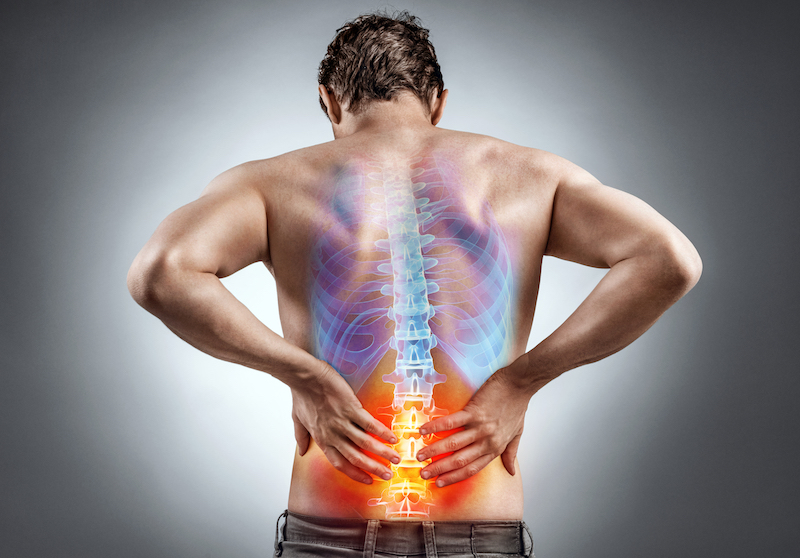by Andrew Hume, Kinesiologist
This is an extensive topic. My intention here is just to provide a brief, non-exhaustive overview of low back pain (LBP), some of it’s suspected causes and general categorization, as well as some common treatment options – which will hopefully help improve people’s basic understanding of this complicated condition.

What is Low Back Pain?
Factors that Influence the Onset and Persistence of LBP
Psychological Factors: Depression, anxiety, and insomnia are strongly correlated with LBP. They can be both predisposing and resulting factors of existing LBP.







Treatment Options
Pharmacological treatment:. Pain medications such Tylenol and Advil are helpful for short-term relief. Muscle relaxers, a variety of over-the-counter topical creams such as Voltaren, and sometimes Narcotics are also often used. In some cases, individuals benefit from spinal injections (typically local anesthetics or corticosteroids) which are used to relieve pain and reduce inflammation – and can be effective at allowing a patient to avoid surgery.
Surgical treatment:. The several types of surgical interventions for LBP are beyond the scope of this article. However, what is important to know is that when you look at all people with LBP rarely is spinal surgery considered. If conservative treatments have failed to provide any relief, and the individual has developed substantial neurologic symptoms then the conversation is often had with the surgeon at that point.
Non-pharmacological treatment: Modalities such as transcutaneous electrical nerve stimulation (TENS) and ultrasound, although sometimes helpful for acute LBP, do not typically offer much benefit for more persistent LBP and are not recommended as a primary treatment approach. For persistent/recurring LBP, therapies such as massage, fascial release, acupuncture, and spinal mobilization have certainly shown to be helpful for reducing and managing LBP; however, my experience as a kinesiologist for the past 20 years has taught me that such interventions are rarely enough to effectively manage LBP without also employing exercise/activity based treatment. And indeed this is what the research supports most – active recovery.



As a clinician, if the patient has been cleared for anything medically complicated then it is important to communicate that their condition isn’t ‘serious’, and encourage them to remain active within the limits of their pain. Although many types of activity have been shown to help manage LBP (yoga, Pilates, walking, swimming, sensible resistance training, etc.) I would stress that it is also of the utmost importance to guide and educate the patient on proper movement and posture mechanics – so when they participate in their chosen activity it is done safely and most effectively.
I have personally been managing my own LBP for the past 15 years, and I can fully attest that what has helped me more than anything else has been losing weight, improving my nutrition, enhancing my physical capacity, and just paying closer attention to, and learning from, my body in general. If you want to live with LBP that is managed well, for most folks it absolutely requires living differently.
To book an appointment with Andrew or inquire about his Kinesiotherapy wellness classes at our Stratford location:
Book online here or call us at (902) 370-2327.

